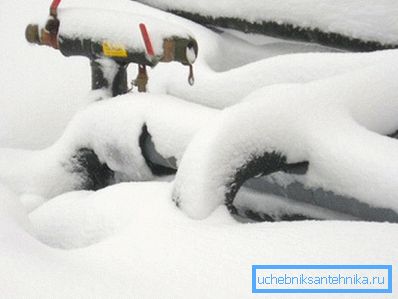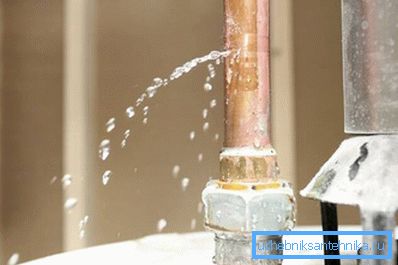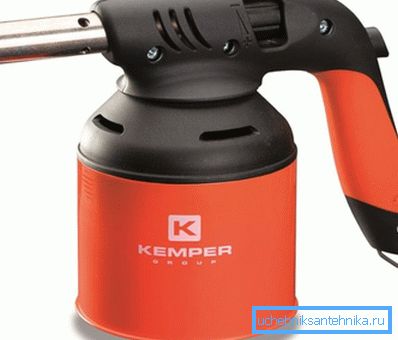How to drain water from pipes for the winter
With the advent of the first cold weather, many owners of private houses and summer cottages need to drain water from pipes of the plumbing and heating systems. Many people think how to drain water from pipes with their own hands, they consider that it is very difficult and the help of specialists is necessary. In fact, this can be done on your own.
Tips

When preparing water pipes for conservation, it is worth remembering that all work must be carried out at an outdoor temperature not lower than 5? C.
In order to properly drain water from water pipes, the following details should be provided in their design:
- On the valve of the pipe that supplies water from the well or caisson to the well, a tee and a drain valve must be installed.
- Water pipes must be made of low-pressure polyethylene or polypropylene. This will prevent damage during emergency defrosting.
- At the lowest point of the pipeline branch, a tap should be installed to drain the water.
- If no drain taps are installed, a tee must be fitted. It connects the car compressor. With it, carried out by blowing pipes.
- In case the water heater is connected, it is necessary to install a tee and a tap to drain the water. They must have a nozzle for the hose to the check valve on the inlet in the water pipe. Also on the discharge pipe from the water heater should be installed tee with a tap for a quick supply of air when draining water.
Tip! It is recommended to use classic ceramic faucets and taps with rubber seals. They will not be damaged when the residual water in the pipeline freezes.
Stages of discharge of water from the pipeline

To drain water from the heating system, you must perform the following steps:
- Shutting down the heating boiler or shutting off the distribution valve on the pipe leaving the riser.
- Shut off the valve collecting water in the heating system.
- A hose should be attached to the drain valve of the radiator system. Here you should correctly calculate its length. It should be sufficient to discharge water into the street or into the sewer well.
- On the radiator it is necessary to open the drain valve.
- On the heating system, it is necessary to open the valves with air valves. This will provide a higher rate of discharge of water.
- Leakage may occur during the drainage procedure. To avoid unpleasant incidents, you must pre-place a deep container and substitute it under the junction of the valve and drain hose.
- After completion of the drainage procedure, it is necessary to disconnect the hose and drain the remaining water into the container.
Drain water from central and autonomous water supply

In modern suburban areas, many install a pipeline system. The pipeline can be connected:
- to the central water supply,
- to the autonomous water supply system.
If it is necessary to drain water from the central pipeline during the winter period, the following steps should be taken:
- Overlapping water supply to the room. To do this, close the valve located on the inlet pipe.
- Opening of all valves of the pipeline for implementation of discharge of water.

To drain water from pipes in the country for the winter from the autonomous system of the pipeline, you must do the following:
- If water is supplied from a well, the pump must be pulled out of it.
- It should be preserved for the period of cold weather in accordance with the instruction manual.
- If a tank with a storage system is used, it is necessary to open the drain valve on it.
- In places where water is consumed, taps should also be opened to empty the pipeline system.
- For complete removal of water from the pipeline, it is necessary to additionally blow it with a compressor.
- If the cumulative tank is not used, you just need to open all the taps on the piping system and drain the water.
Extreme situations

If the water was not drained from the pipeline in time, the system is likely to freeze. What to do in this case?
The way to solve the problem depends on the type of installation of the pipeline. He might be:
- open
- closed.
If an open-type pipeline is used, it’s easy to solve the problem of freezing pipes To do this, just heat it up. A blowtorch can easily handle this.

If the pipeline is buried in the ground, and even hidden by a layer of insulation, it is much more difficult to solve the problem of pipe freezing. For this, a hose must be connected to the hot water system. It should be placed inside the pipeline and pushed through the pipe to the point where the ice was formed. After that, the hot water tap opens. The water will melt the resulting glaciation.
In order to avoid problems with the freezing of the pipeline, it is necessary to promptly drain the water in the pipes.